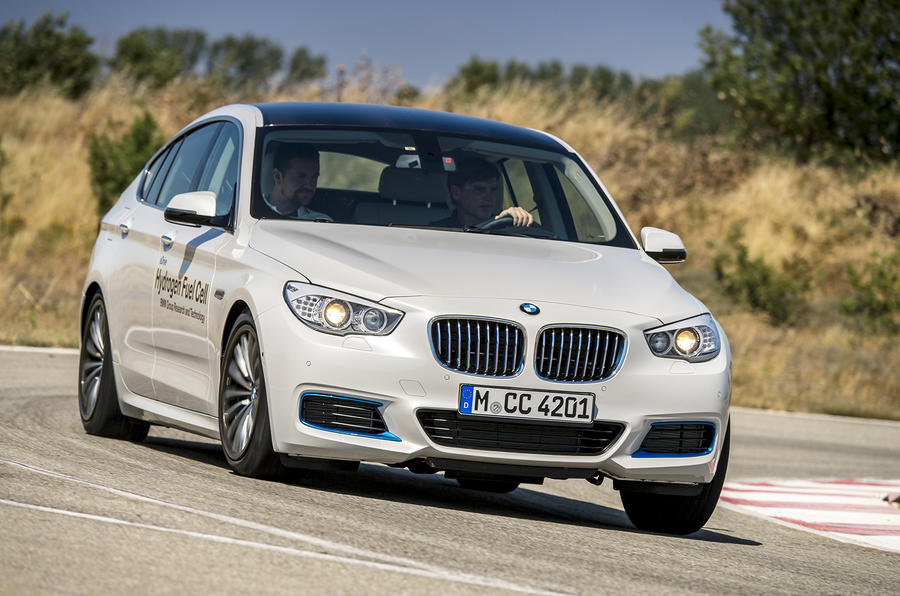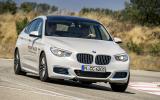What is it?
This is BMW’s latest hydrogen-powered concept vehicle. It is based on the 5GT and is powered by the latest-generation fuel cell stack, which is being co-developed with Toyota.
More importantly, this concept also features a new type of hydrogen storage tank. BMW has patented the technology and says it is now confident that not only is this new storage method the way of the future but also that a ‘hydrogen economy’ is the only way that Europe can disengage from fossil fuels over the medium term.
BMW has long experimented with vehicles powered by hydrogen, with its first experimental model dating back to 1984.
If you have a good memory, you might recall the ’Hydrogen 7’, based on the V12 7 Series and built in very limited numbers until 2007.
The car used a relatively conventional internal combustion engine, which, partly thanks to BMW’s Valvetronic valve intake system, could run on both petrol and hydrogen.
Since then, BMW and its hydrogen research went relatively quiet. The arrival of the first serious battery-powered production cars and scepticism about the likelihood of a ‘hydrogen economy’ has, in recent years, put hydrogen fuel cell cars on the back foot.
In 2013, BMW and Toyota signed a strategic collaboration on the development of hydrogen fuel cell drivetrains. This, BMW says, "provided fresh momentum for the development of FCEV drive technology".
BMW says its big breakthrough with this new prototype is in the hydrogen fuel tank and refuelling technology.















Join the debate
Add your comment
I understand the attractions of fuel cell cars...
As the North sea gas fields
bezer
bezer